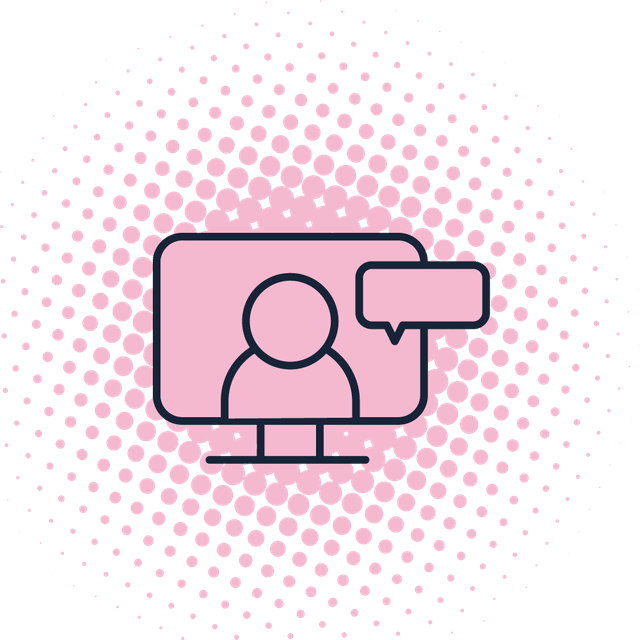Healthcare Hot Takes is Luma Health’s monthly rundown of healthcare innovations happening right now. Check out what the industry is thinking, reading, and doing. This month, we’re talking about some more big tech crossovers into healthcare, from Apple to Uber Health, and all the wearables and telemedicine in between.
Uber is joining the healthcare party with Uber Health, a ride-sharing platform specifically designed for healthcare providers, clinics, hospitals, and more to ensure that patients have a ride to their medical appointment. Similar to other ride-hailing services working in the healthcare space, Uber Health doesn’t require patients to have the Uber app or even a smartphone. The ride is booked on the hospital or clinic’s end through a centralized dashboard and sent over to the patient.
There is a real need for services like these as approximately 3.6 million Americans miss medical appointments due to a lack of access to dependable transportation. Lyft, one of Uber’s main competitors, has already been offering non-emergency medical transportation services in partnership with Circulation.
Learn more about Uber Health here.
Luma’s Hot Take: It’s especially interesting that Uber Health will even work with basic feature phones and landlines. This could be extremely useful in rural areas where both healthcare and technology can be limited in accessibility. It’ll be exciting to continue following this story to see how the product develops. If an innovation helps increase patient access to healthcare, we’re 100% here for it.

If you’re looking to improve your telehealth offering, this on-demand webinar shares some best practices.
The flu this year has been one of the worst in the past decade, claiming almost 100 pediatric lives and resulting in numerous hospitalizations. The national baseline for outpatient visits related to influenza-like illnesses is 2.2 percent. The week ending Feb. 17, 2018 showed a percentage of 6.4% — a drastic incline.
Click here to read about 5 more statistics regarding flu activity this year.
The severity of the flu this season has led to more and more patients turning to virtual care. According to data from HealthTap, virtual care visits as a whole are up 7.3% this year when compared to last year. Specifically, there was a 30% increase in virtual consults related to flu-like illnesses. (Source)
Luma’s Hot Take: The abundance of virtual care visits during this flu season should lead to more practices and clinics embracing telemedicine and other technologies to increase patient access.
Apple clinics will place a heavy emphasis on healthy behaviors and preventive care options like screenings and vaccinations.
Apple is making another splash in healthcare after recently announcing that it would be entering the personal health record space with Apple Health. This time, Apple plans to rollout primary care clinics for its employees and their families. The chain of clinics, named AC Wellness Network, will begin with two health centers in Santa Clara County where Apple is currently headquartered.
Similar to what Amazon is hoping to achieve with their JPMorgan/Berkshire Hathaway partnership, Apple is opening these clinics with the intention of improving the health and wellness of its employees. This integrated health network will place a heavy emphasis on healthy behaviors and preventive care options like screenings and vaccinations.
Luma’s Hot Take: It will be interesting to see how a tech giant like Apple takes charge of their employees’ health, as they have enormous resources and are extremely forward thinking. How might this carry over when it comes to implementing technology within their clinics? Only time will tell…
Wearables refer to any smart electronic devices that can be worn on the body. Usually they measure activity and are able to connect with other devices to exchange data. The smartwatch (Apple Watch, Fitbit, etc.) is a popular example.
Recently, wearable technology has been readily adopted by the healthcare world. This includes doctors who utilize devices like the Google Glass to preload patient information so that they don’t have to constantly look at a chart. It also includes patients who can wear a patch to monitor their vitals during a procedure or operation.
Take the digital health startup Cardiogram. They use noninvasive wearables to detect people at risk for pre-diabetes and diabetes. Currently powered by the Apple Watch and Android smartwear, Cardiogram partnered with UCSF to study heart rates and step counts to determine who had diabetes and who didn’t in a sample of over 14,000 patients. The Cardiogram app had an accuracy rate of 85%.
Luma’s Hot Take: We’re excited that wearables are becoming mainstream in healthcare, as this will lead to more individual health data being tracked and becoming virtual, allowing for interoperability between various health systems and softwares.






